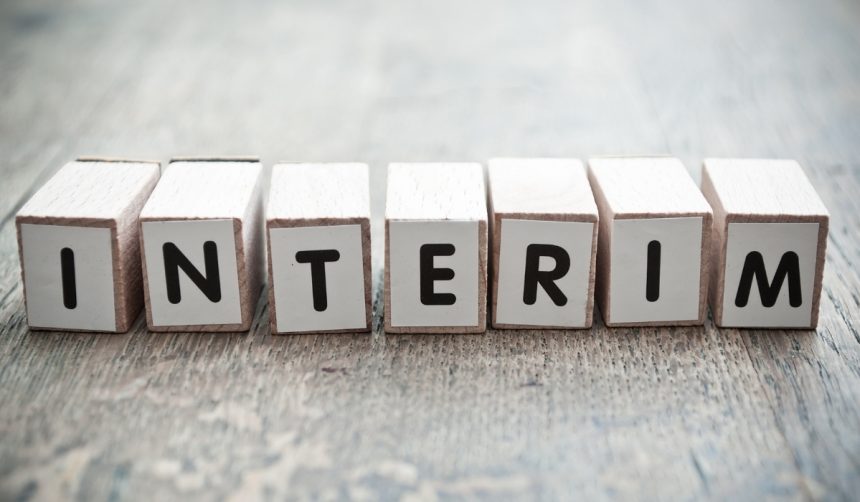Sunday puzzle challenges draw both new and seasoned players to daily word games seeking fresh mental stimulation. Many find Wordle to be an effective way to engage the mind, especially when supported by subtle hints that help narrow down possibilities without spoiling the solution outright. On September 7, 2025, the Wordle community tackled another five-letter puzzle, reinforcing the popularity of NYT’s daily offering and highlighting patterns in both play strategy and community engagement.
Recent reports on Wordle’s daily answers highlight a consistent trend of selecting everyday language and common terminology to cultivate universal appeal. While clues and hints remain a staple among fan communities, the game’s mechanics have not changed substantially, with the format remaining accessible and predictable for both new and loyal participants. The ongoing listing of previous answers, such as “SPLIT,” “DRIFT,” and “BLEND,” supports the impression that puzzle difficulty fluctuates but rarely strays into obscurity.
How Did Players Approach the September 7 Puzzle?
Participants often rely on incremental hints and strategic word selection to optimize their six guesses. The September 7 puzzle encouraged a focus on words related to music, tone, and vocal range, offering seasoned players an advantage with vocabulary familiarity. Wordle’s feedback system—using green, yellow, and grey tiles—remains integral, as it helps guide players toward the answer, which on this occasion was “TENOR.” The puzzle contained two vowels and no repeating letters, reflecting the moderate complexity typical of recent games.
What Does ‘TENOR’ Represent in Wordle and Beyond?
“Tenor” not only refers to a male vocal range in singing but also signifies the style or character of speech and text. Its selection aligns with Wordle’s preference for common words that possess broader meanings beyond their most familiar definitions. A spokesperson for The New York Times commented,
“Wordle continues to challenge and entertain our daily audience through straightforward yet engaging puzzles.”
This approach supports ongoing engagement and allows a wide swath of participants to relate to the chosen words.
Are There Strategies for Consistent Success?
Experienced players often start with words rich in common consonants and vowels, such as “SLATE” or “RECTA,” a method that frequently yields clues about the puzzle’s structure. Success in Wordle depends on adaptability and incremental learning, with the history of past answers serving as a valuable tool for efficient guessing. According to the editorial team,
“We strive to maintain a balanced mix of easy and challenging words to keep the experience fresh for everyone.”
Finding value in the insights from daily puzzles, readers can refine their vocabulary and logical deduction skills. Regular engagement with games like Wordle, now fully integrated into The New York Times suite of puzzles, provides cognitive benefits and social discussion opportunities. Players are encouraged to experiment with new starting words while utilizing feedback to maximize their chances within limited guesses. Observing answer trends, such as avoiding repeats and opting for varied difficulty, can help participants adjust their techniques accordingly.
- Wordle’s September 7 answer was “TENOR,” featuring two vowels and no repeats.
- Players benefit from hints and past answer patterns for strategic guessing.
- Consistent puzzle mechanics keep the game accessible to a broad audience.










